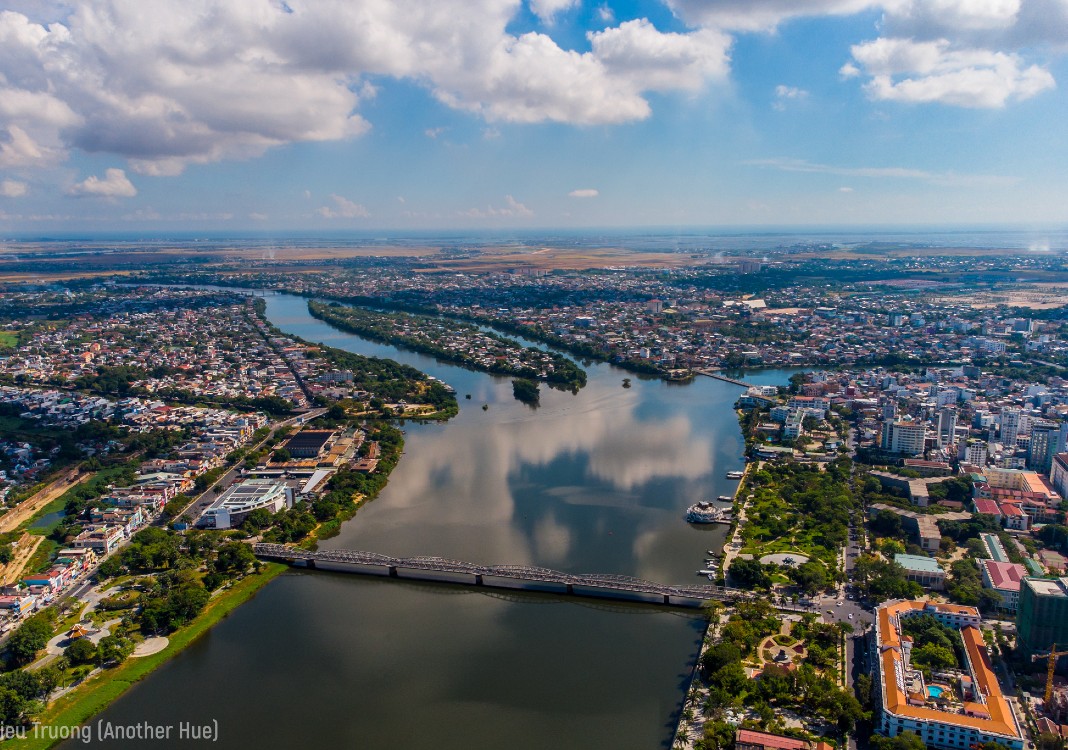Around 12 kilometers from the ancient capital city of Hue, Ru Cha Mangroves Forest is nestled in Tam Giang Lagoon in Thua Thien-Hue Province. In the local dialect, ru means forest while cha is the name of the trees growing densely in the forest.
In autumn, cha trees (excoecaria agallocha) turn yellow, making the forest expose its untouched and romantic natural beauty which enchants visitors. In the heart of the forest is an observatory allowing visitors to admire the panoramic view of the surrounding green spaces and Tam Giang Lagoon.
Hue’s photographer Le Dinh Hoang, 28, paid a visit to Ru Cha in mid-September 2021 and took amazing photos about this tourist site.
The photos take viewers from the poetic and peaceful to the wild, mysterious, and somewhat magical beauty of this forest.

The mangrove forest is peaceful in the autumn.

The mangrove forest and the immense Tam Giang Lagoon.

Observation tower in Ru Cha Forest, where tourists can zoom in and enjoy the beauty of the forest.

Local people catch fish in the traditional way in the mangrove forest.


A family lives in Ru Cha Forest.
Mr. Nguyen Ngoc Dap and Mrs. Tran Thi Hong, both nearly 80, have been living here for 38 years. They choose a separate life from the community, spending their entire lives protecting the ecosystem of the only remaining primeval mangrove forest on Tam Giang lagoon.

To capture these expensive photos, photographer Le Dinh Hoang spent nearly a week in Ru Cha.

This forest is very special in the fall.

The Ru Cha photo shoot is highly appreciated by the online community.

Hien Linh

The 100-year-old symbol of Hue Citadel
Spanning the Huong (Perfume) River, Truong Tien Bridge is a symbol of Hue City in Thua Thien-Hue Province.

Tranquil village by largest brackish lagoon in Southeast Asia
Chuon Village in Phu Vang District, seven kilometers from Hue City, Thua Thien-Hue Province, boasts distinctive local culture as well as specialties. The village is on the bank of Tam Giang brackish lagoon—the largest of its kind in Southeast Asia.